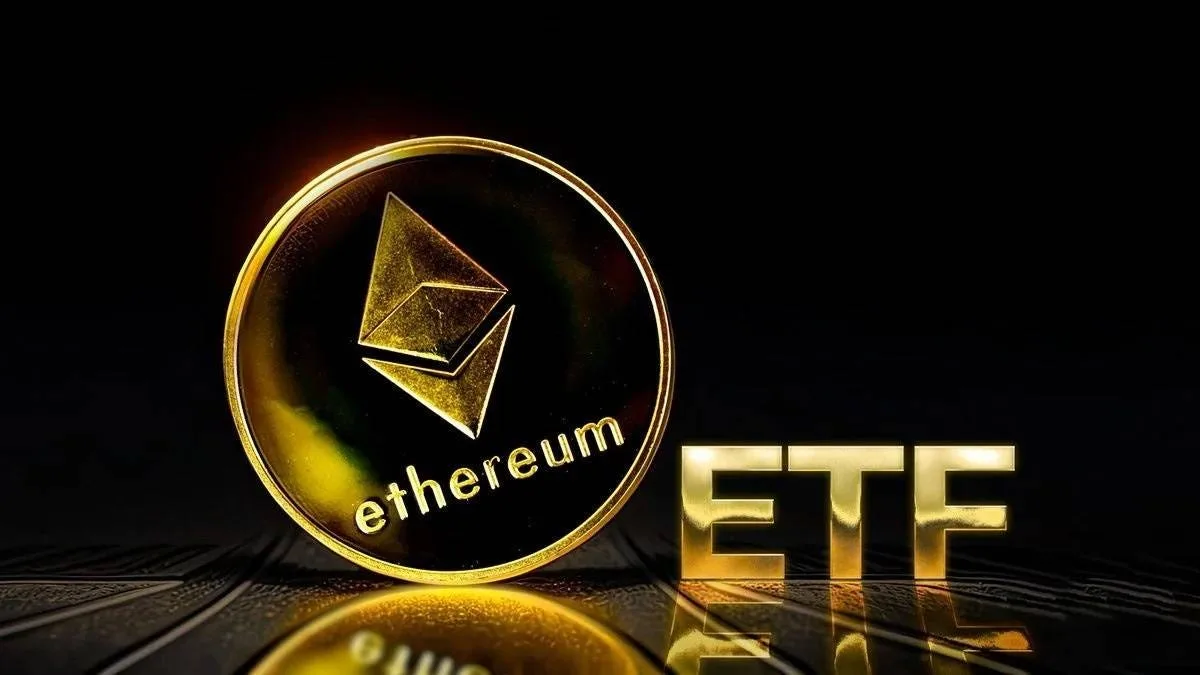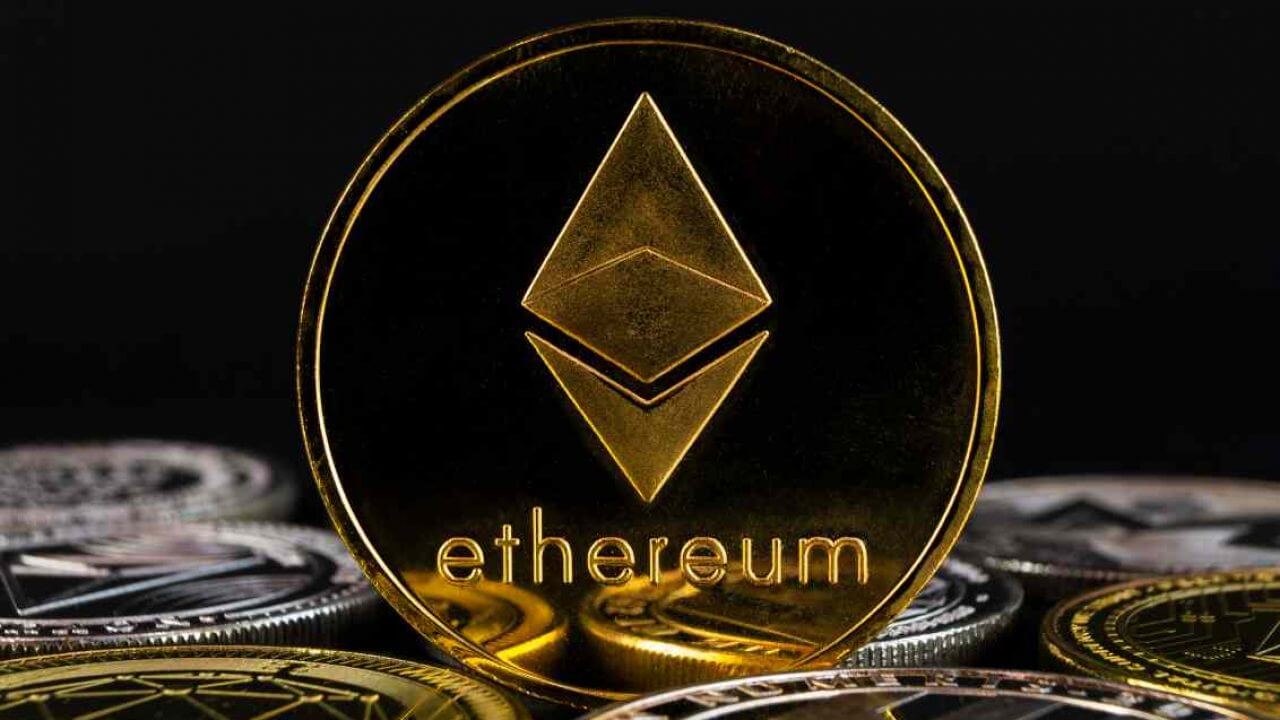The wait is over! Spot Ethereum ETFs are finally hitting the mainstream, allowing US investors to easily add Ethereum exposure to their portfolios. This is a significant development for the crypto market, opening the door for millions to participate. Here’s what you need to know to navigate this exciting new landscape.
When and Where Can I Buy Ethereum ETFs?
Mark your calendars! The first wave of spot Ethereum ETFs is set to launch on July 23rd. The Chicago Board Options Exchange (CBOE) will list five ETFs: 21Shares Core Ethereum ETF, Fidelity Ethereum Fund, Invesco Galaxy Ethereum ETF, VanEck Ethereum ETF, and Franklin Ethereum ETF. The remaining four are expected to follow suit on either Nasdaq or NYSE Arca.
How Do I Buy Them?
Great news! You can likely buy these ETFs through your favorite brokerage platform. Popular names like Fidelity, E*TRADE, Robinhood, Charles Schwab, and TD Ameritrade are all expected to offer them once they list on public exchanges.
Which ETF Should I Choose?
While there are nine options, the core functionality remains similar. Each ETF holds actual Ethereum, has a reputable custodian, and uses market-makers to manage share creation and redemption. They also offer standard investor protections.
The key differentiator? Fees. Most ETFs charge between 0.15% and 0.25% in annual management fees. Avoid Grayscale Ethereum Trust (ETHE) with its hefty 2.5% fee. Keep in mind some ETFs are temporarily waiving or discounting fees to attract investors.
Here’s a quick breakdown of the fee leaders:
- Grayscale Ethereum Mini Trust (ETH): 0.15% fee, waived for the first six months or until $2 billion in AUM.
- Franklin Templeton’s Franklin Ethereum ETF (EZET): 0.19% fee, waived until January 2025 or $10 billion in AUM.

Can I Earn Staking Rewards with These ETFs?
Unfortunately, no. Staking, where you earn rewards for locking up your Ethereum, isn’t currently available with these ETFs. The SEC raised concerns about liquidity, as staked Ethereum can take days to withdraw. However, issuers are exploring ways to integrate staking in the future, potentially through holding a buffer of readily available Ethereum.
The Takeaway
The arrival of spot Ethereum ETFs marks a turning point for crypto accessibility. With a variety of options available and the convenience of traditional brokerage platforms, investors now have a new way to participate in the Ethereum ecosystem. Do your research, compare fees, and understand the limitations before diving in. Remember, cryptocurrency markets remain volatile, so invest responsibly.
Disclaimer: The information in this article is for general purposes only and does not constitute financial advice. The author’s views are personal and may not reflect the views of Chain Affairs. Before making any investment decisions, you should always conduct your own research. Chain Affairs is not responsible for any financial losses.





